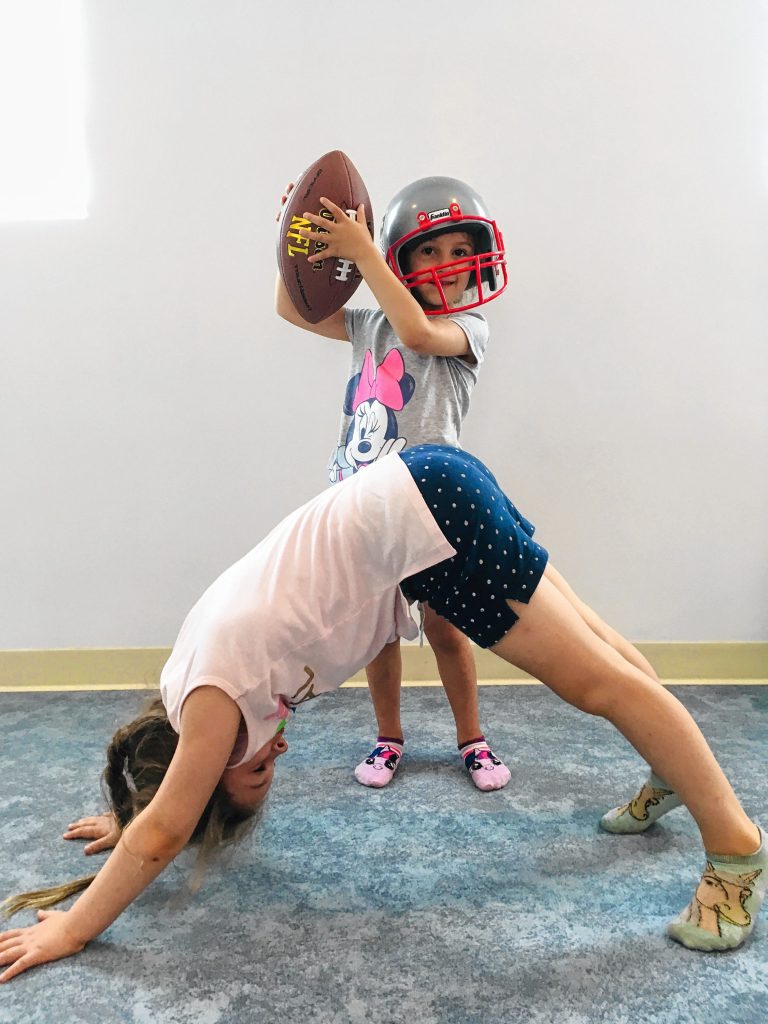For the Insider
Football season is upon us. The juggernaut that is the National Football League is on full display, and each week the NFL machine grinds its way toward the new year and the inevitable Super Bowl. Football fever is so intense that I had a student come to Inferno Hot Pilates two weeks ago, phone in hand, and proceed to take the entire class while also engaged in a fantasy football draft. Glute bridges, forearm planks and fantasy football. It was hilarious, if also rather inappropriate.
Whether you care about the NFL or not, you can’t miss Tom Brady. The 42-year-old is relentless. Last Sunday, he was at it again, leading the New England Patriots to a thorough dismantling of the Miami Dolphins. On one particular set of downs, he was hit hard – twice. I’m not sure what it feels like to have a 300-pound man land on top of you, but it can’t feel great. It got me thinking – why would he keep doing this?
As someone whose football career ended before high school, with a transition from quarterback to drum major, I can’t speak with much authority to Tom Brady’s motivations. I do believe it comes down to risk vs. reward. Brady is convinced that the rewards are worth the risks. The average NFL salary is $2.1 million, and many quarterbacks pull in 10 times that amount, or more. There is also a pretty good chance that they’ll be seriously injured in their careers. The rewards – fame, fortune and victory on the field – are pretty high. The risks – broken bones, concussions and ruptured spleens – are also pretty high. Though Brady’s track record is pretty good, he missed the 2008 season with a torn ACL, and has been on the NFL’s injury report almost 200 times. You might ask yourself: If I could make $2.1 million in a year, would I step on an NFL field for one season?
Brady has stepped onto a lot of football fields in his life. He’s made millions, become world famous and likely inspired countless kids and average folks to rise above their limitations (I like to think the latter is his real motivation). He’s also stepped onto a lot of yoga mats. He is a “hardcore lover of yoga,” and says: “It’s great for flexibility, it’s therapeutic, and great for your attitude.” The rewards of yoga, in health and well-being, are high. The risks, on the other hand, are quite small. No 300-pound lineman will pounce on you. All it takes is a willingness to start. The first time you step into a yoga class, you have the opportunity to improve your life. Each time you engage in the practice, those opportunities, and the rewards that follow, pile up. The risks, however, remain low.
The yoga team is pretty unique in the world of sport. Anyone can join and all are eligible to play. There are no playoffs, tournaments or trophies. There is only practice. We practice to improve our lives. We practice to heal our bodies and to strengthen our muscles. We practice to focus our minds and calm our nervous systems.
I learned some 40 years ago that the risks of football, for me, were greater than the rewards. Kirk Lyons ran right over me as I attempted to tackle him during a scrimmage. I saw stars for a couple of hours, and would soon choose to spend halftime in the marching band rather than the locker room. I’m still not sure what motivates the great TB12. I do like to think he has a number of secret weapons: a supportive family, a great coach, a dedicated team, and perhaps a little luck. I also think his greatest secret weapon may be his yoga mat.
So leave your phone and your fantasy football plans at home today, and take a step into a yoga studio. Find a class, and a teacher, that inspire you. You may not be Tom Brady, but you are you, and the world is better because you are in it. Yoga can help you see that, feel that, and share that with the world around you. And don’t forget to cheer the Red Sox on. They could use a little love (and yoga), too.
(Mike Morris is the owner of Hot House NH Yoga & Pilates.)










